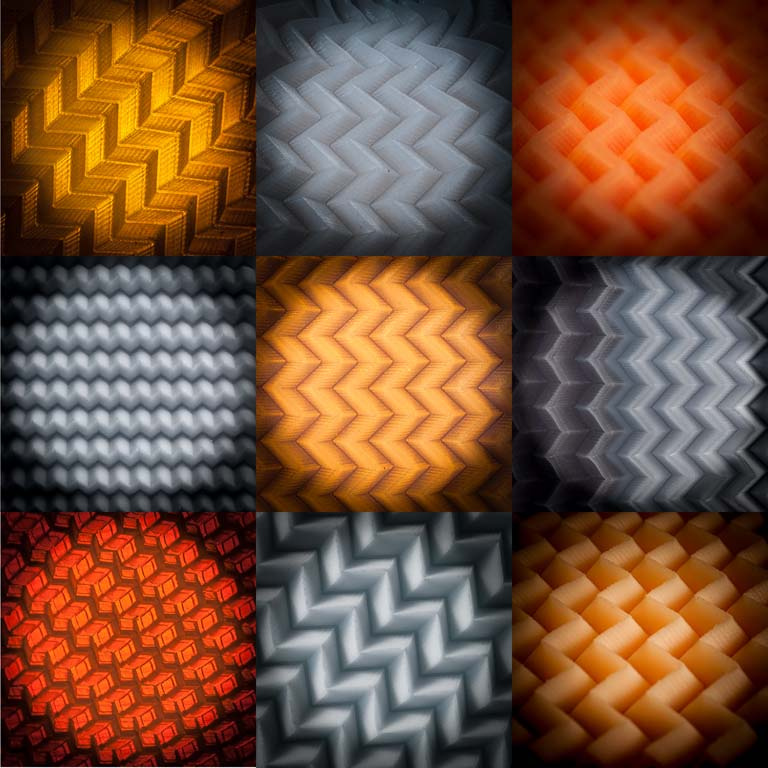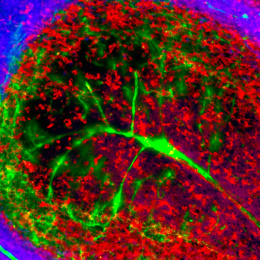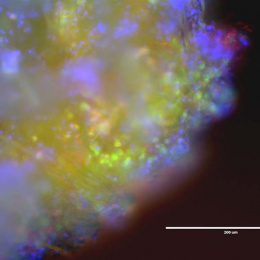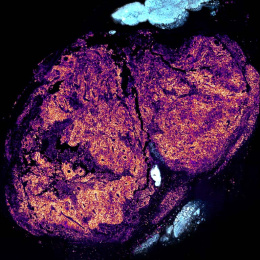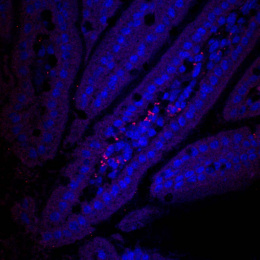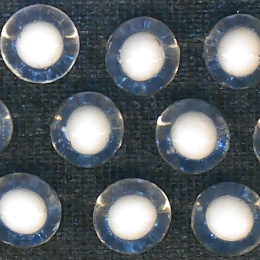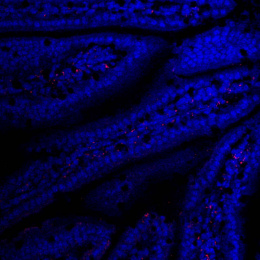Origami-Inspired Implants for Drug Delivery 2
Origami-Inspired Implants for Drug Delivery 2
Aikaterini Mantzavinou, Lina A. Colucci, Michael J. Cima
MIT Department of Materials Science and Engineering, Koch Institute at MIT
The Cima lab is developing implantable drug delivery devices made of soft and stretchy biomaterials like the ones shown here that will be placed inside a cancer patient’s abdomen to release chemotherapy and treat tumor metastases. To allow implantation of these devices through tiny tools in a minimally invasive surgery, they are designed drawing inspiration from Japanese origami tessellations to fold down into millimeter-thick shapes and be opened once inside the body. One of these folds, shown here, is the Miura fold. The Miura fold allows expansion of the object along two dimensions and is widely used around us, from everyday objects like maps to the panels of satellites in space. This grid was compiled from Miura device concept prototypes made from various versions of our biomaterial and in different sizes. The features are millimeter-sized. The prototypes were cast in molds that were 3D- printed or machined in-house.
